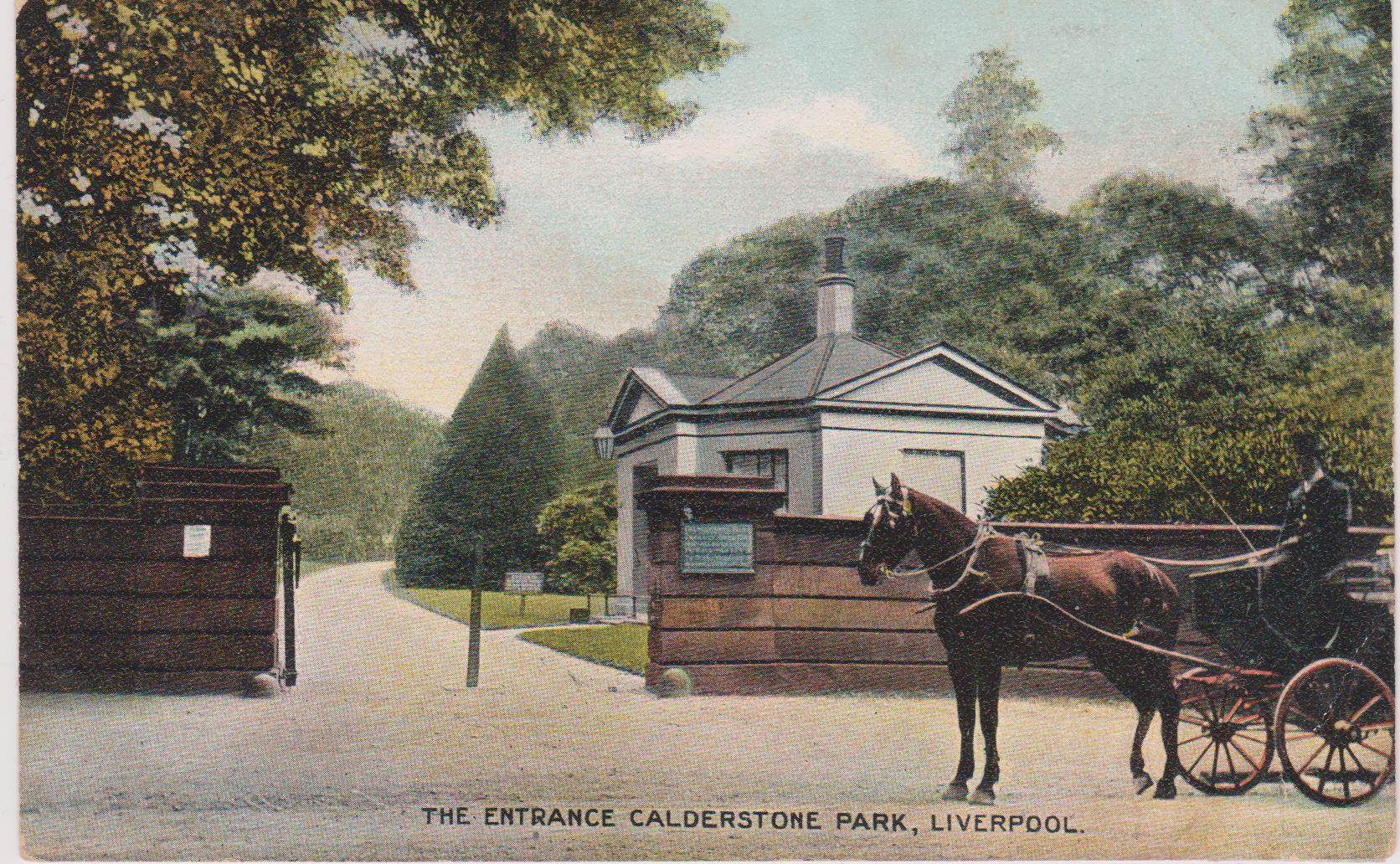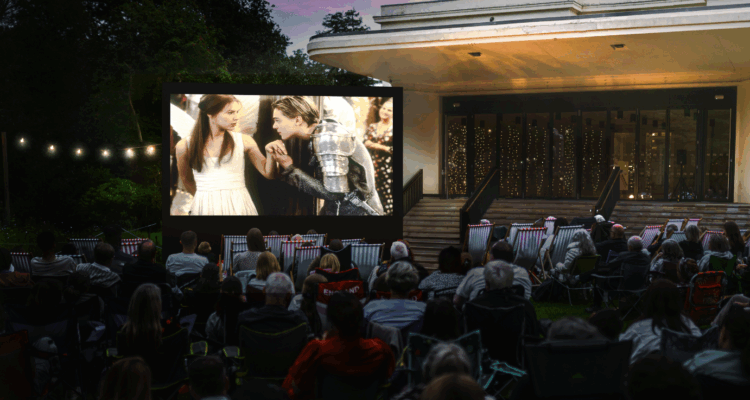Secrets of the Stables: A History of Horses at the Mansion House
Next in series of articles exploring Calderstones' rich history, Heritage Coordinator Holly Gilson shines a light on the stables at the Mansion House.
The Reader’s Ice Cream Parlour reopened about a month ago, and it’s been great seeing so many friendly faces enjoying an ice cream again. If you haven’t popped by yet, make sure you do, and whilst you’re there you might wonder what the Ice Cream Parlour buildings were originally used for…

In the 19th century, when the Mansion House was newly built for Joseph Need Walker, the buildings around the courtyard were the Coach House and Stables, and were vitally important to everyday life. In the age before cars, a horse and carriage was an essential possession for wealthy Victorians like Joseph who needed to travel for business and leisure.
Just like with cars today, the model of carriage you owned, and the speed of your horse, was an indicator of wealth. Horses were expensive, but a rich family like the Need Walkers would have owned a range of them for different occasions. Joseph may have used the best horse to travel to his lead shot manufacturing works in St Helens, his children probably learnt to ride on a good tempered pony, and they may have had a pair of steady paced matching horses to pull the carriage when the whole family were taking a trip.
The family’s horses were essential for getting around, but they were probably also beloved pets, as three of them were buried on the Calderstones estate when they died. While you’re in the Park, if you go to the path between the back of the Mansion House (next to The Reader Shop) and the Allerton Oak, you can still find their headstone today. Carved into the front are tributes to a brown pony called Beppo, a bay horse called Waterloo and an unnamed roan pony.
Looking at the dates on the headstone, these horses may have been purchased with the land when Joseph bought Calderstones in 1828. Alternatively, they may have come with the Need Walkers from their previous home. Either way, the expensive headstone which commemorates their lives suggests they were a cherished part of the family.
I wonder what life would have been like for Beppo, Waterloo and the roan pony when they lived in the stables? We don’t have any historical records from the stables at Calderstones, but looking at 19th century literature we can get some clues. ‘Black Beauty’ by Anna Sewell was published in 1877, and is the fictional autobiography of a Victorian horse. In the book the horse character Black Beauty describes the inside of a stable block at a large mansion:
“The first stall was a large square one, shut in behind with a wooden gate; the others were common stalls, good stalls, but not nearly so large; it had a low rack for hay and a low manger for corn; it was called a loose box, because the horse that was put into it was not tied up, but left loose, to do as he liked. It is a great thing to have a loose box.”
I know that if I was a horse I would prefer to live in a loose box!
We’ll never know for sure what life was like for the Calderstones horses, but spare a thought for these hardworking steeds the next time your queueing for an ice cream! Today, horses are not completely absent from Calderstones, as our next-door neighbours Beechley Stables have plenty, but they are long gone from the Mansion House. Only the structure of their former stalls remains, though if you use your imagination you can still hear the sound of their hooves clip-clopping over the cobbles…
Share
Related Articles

Open Air Cinema and Theatre FAQ’s
If you were able to snap up tickets to our Open Air programme this summer, check below for any queries…

New Liverpool open air cinema brings movies to the Mansion
NEW FOR 2025: Eight handpicked films will hit the big screen in Calderstones Park this summer as national Shared Reading…

A breath of fresh air! This summer’s outdoor and cultural events at our Calderstones Park home
The Reader serves up a giant scoop of summer arts and entertainment from three special summer garden parties with special…


